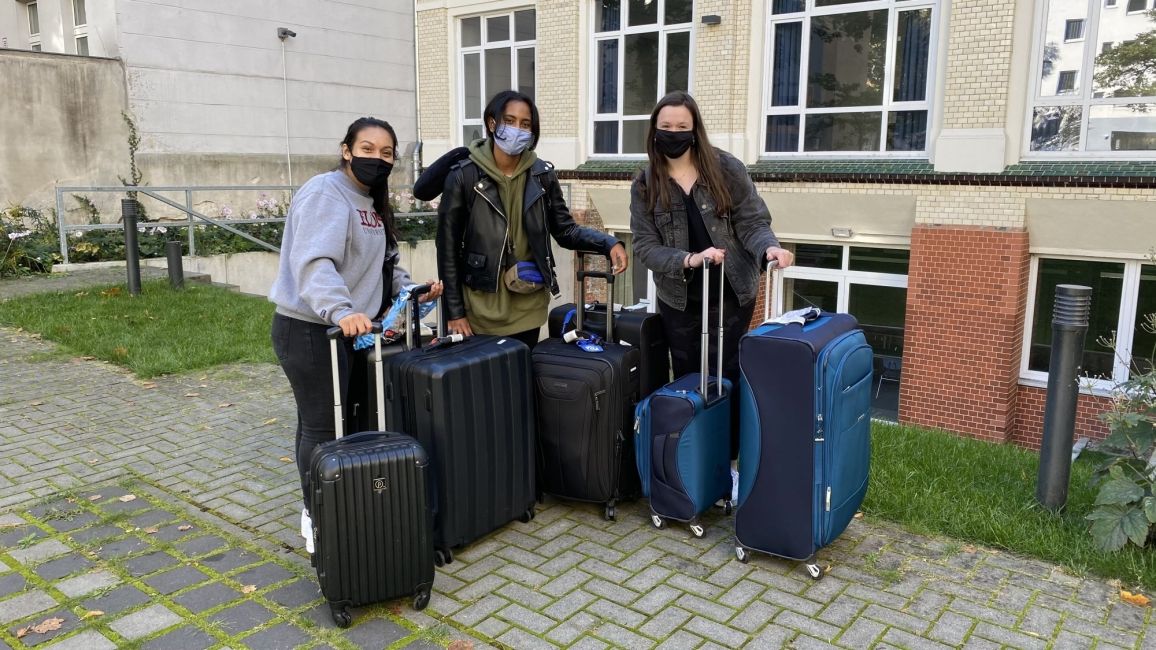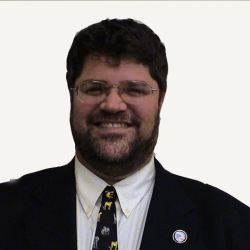COVID-19 Upends Traditional Framework for Evaluating Risk in Study Abroad
As a professional risk manager in the field of international education and exchange, I am regularly asked the question by universities and parents in the United States: is it safe for my student to study abroad?
And in today’s COVID-19 world, I find my response usually begins: safe compared with what?
Since COVID-19 is endemic (yes, it’s here to stay for a good while), each and every location should be assessed on its own merits. And, right now? The United States is coming up short, upending the traditional health and safety thinking around overseas travel that casts the United States as the “safe place” against which all other countries are benchmarked.
For more than 30 years, I have worked in multiple countries throughout the world helping Peace Corps volunteers, students studying abroad, and other “high risk” groups to understand and limit their risk of harm. We risk managers have our own specialized language. We discuss “mitigations” and “risk/reward” calculations, but at our core, risk managers seek to identify, as holistically as possible, anything that might harm the members of our group given their ages, their health conditions, the likelihood of any given event, and most importantly, the particulars of the location.
COVID-19 is a risk factor we are still struggling to understand, but it is only one of a vast panoply of risks that already factors in our decision-making processes. In our daily lives, all of us constantly assesses and reassess our actions to account for risk, even if we do it subconsciously. Do I come to a full stop at this stop sign or will a rolling stop be okay? Do I get a flu shot this year? Should I travel to London for vacation knowing it has been a target of terrorism in the past? Do I accept the invitation to a dinner party at the neighbors?
A large part of a risk manager’s job is to assume the worst. We spend our days deeply considering the myriad of negative scenarios that could happen to one of the people in our care, then asking ourselves: How can we reduce the chances of this bad thing happening? And how can we limit the impact of it if does?
The facts are that we currently cannot eliminate the risk that COVID-19 poses; there is no set of operational risk reduction practices that confidently eliminates the risk of getting COVID-19 in the presence of a carrier. Therefore, we must contextualize this risk and mitigate it, even if we don’t fully know all of the edges.
I urge students considering a study abroad experience to look at the risks of traveling abroad relative to the risks of staying at home in the United States, and also ask themselves: Where will I be going? How big a group will I be joining? And how likely is that group to adhere to risk mitigating behaviors?
As the U.S. is currently the global leader in known cumulative infections, active cases, and deaths due to COVID-19, some students have a greater risk of exposure to COVID-19 in their home state, or on their American university campus, than in certain locations abroad.
For perspective, the U.S. Department of State (DOS) and the U.S. Centers for Disease Control and Prevention (CDC) do not assign ”warning levels” to the U.S. or to individual states within the U.S. If they did, based on rates of infection and both agencies’ own disclosed methodology for assigning levels, the United States would certainly have been designated a DOS level 4 and CDC level 3 (i.e. do not travel there) since March 2020. And depending on the week or month, as many as half of U.S. states would exceed even those levels of risk.
That said, not every American student weighing the risks of home vs. abroad is making the same calculation. Without a national disease management strategy, individual U.S. states are each managing the presence of COVID-19 differently, with varying degrees of success (or failure) in controlling the spread of coronavirus infection. Across the country, in cities, towns, suburbs, and rural communities, Americans have responded unevenly to recommendations offered by the world’s leading infectious disease experts. In many of our communities, including many college campuses and college towns, politics seem to have trumped science in guiding behavior, often resulting in COVID-19 infection spikes.
In general, I advise students, parents, and institutions that the start of their risk analysis process must begin with a new starting point: we should no longer assume that the United States is the “better than” place to which other locations should be compared. There is no room for the concept of U.S. exceptionalism in the safety and security world.
When we change the lens through which we view the world from an American-centric to a more objective lens, parents and students might ask: How does my town, my campus, my community compare to another location, even, and perhaps especially, an international location? Is living in Seville for a semester “safer” than Staten Island or South Bend? Is staying in California “safer” than embracing Cape Town or Copenhagen for a semester? Is Berkeley better than Berlin?
And I encourage anyone tackling these questions to look at analysis and recommendations from as many sources as they can, beyond just the United States’ Centers for Disease Control (CDC) and Department of State (DOS), who, to put it mildly, have been underperforming during this pandemic.
Certainly, the prevalence of governmental travel restrictions from the U.S. to almost all countries abroad has been a defining factor in U.S. universities cancelling their study abroad programs since March – not to discuss the elephant in the room of liability. Nonetheless, language used to communicate these decisions to American students has cited “safety” as the primary factor and not much else. In general, I believe that blanket organizational decisions to cancel a student’s study abroad that lack nuance, whether they come from U.S. universities or through vague recommendations by the CDC/DOS, are, simply put, detrimental to student education and safety.
Instead, let’s discuss known risks with students in a clear, consistent, and balanced way and trust them to make the right call about whether traveling abroad or returning home from abroad is the best decision for their personal safety and the safety of those at home.
Most importantly, I ask students traveling abroad to consider carefully if they can mitigate the risk of impacting others and contracting the disease themselves through their choice of travel, location of travel, behaviors pre, post, and during travel as a way to minimize their exposures.
As a risk manager, my response to the question is it safe for my students to study abroad? is more or less the same now as it was before the arrival of COVID-19. Just as before the pandemic, my response is that travel decisions should be based on each individual’s personal situation and personal tolerance for risk.
_____________
Bill Bull is Vice President for Risk Management, Health, Safety and Security for the Council on International Educational Exchange (CIEE). He has more than 25 years of experience in international safety and security, including eight years with CIEE. Prior to joining CIEE, Bill most recently served as East Africa/East Indian Ocean Safety and Security Officer for the Peace Corps, an organization he has maintained close ties with since he first became a Peace Corps volunteer in 1985. Bill holds a bachelor’s degree in international affairs from Lafayette College and a master’s degree from the Fletcher School of Law and Diplomacy at Tufts University.

